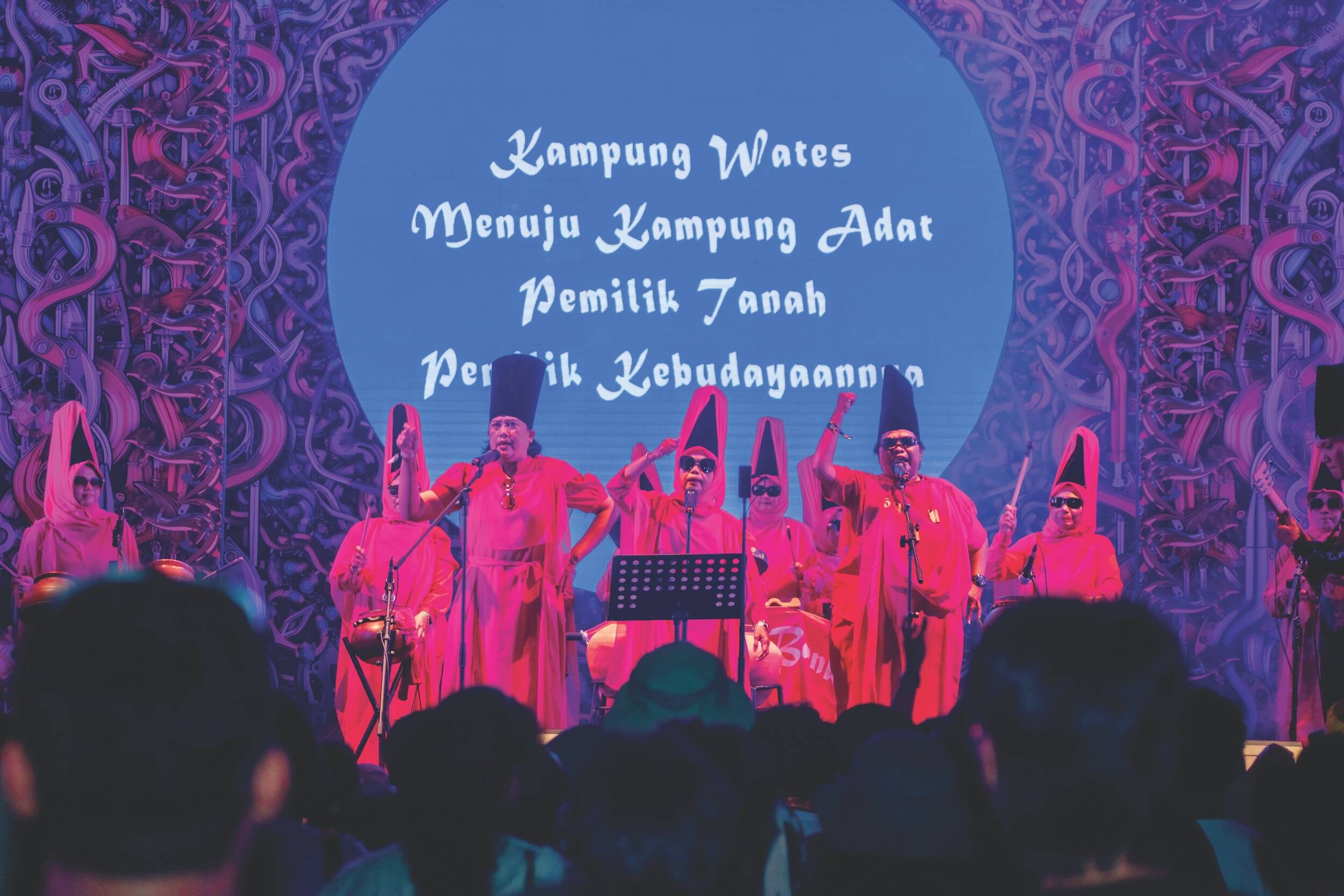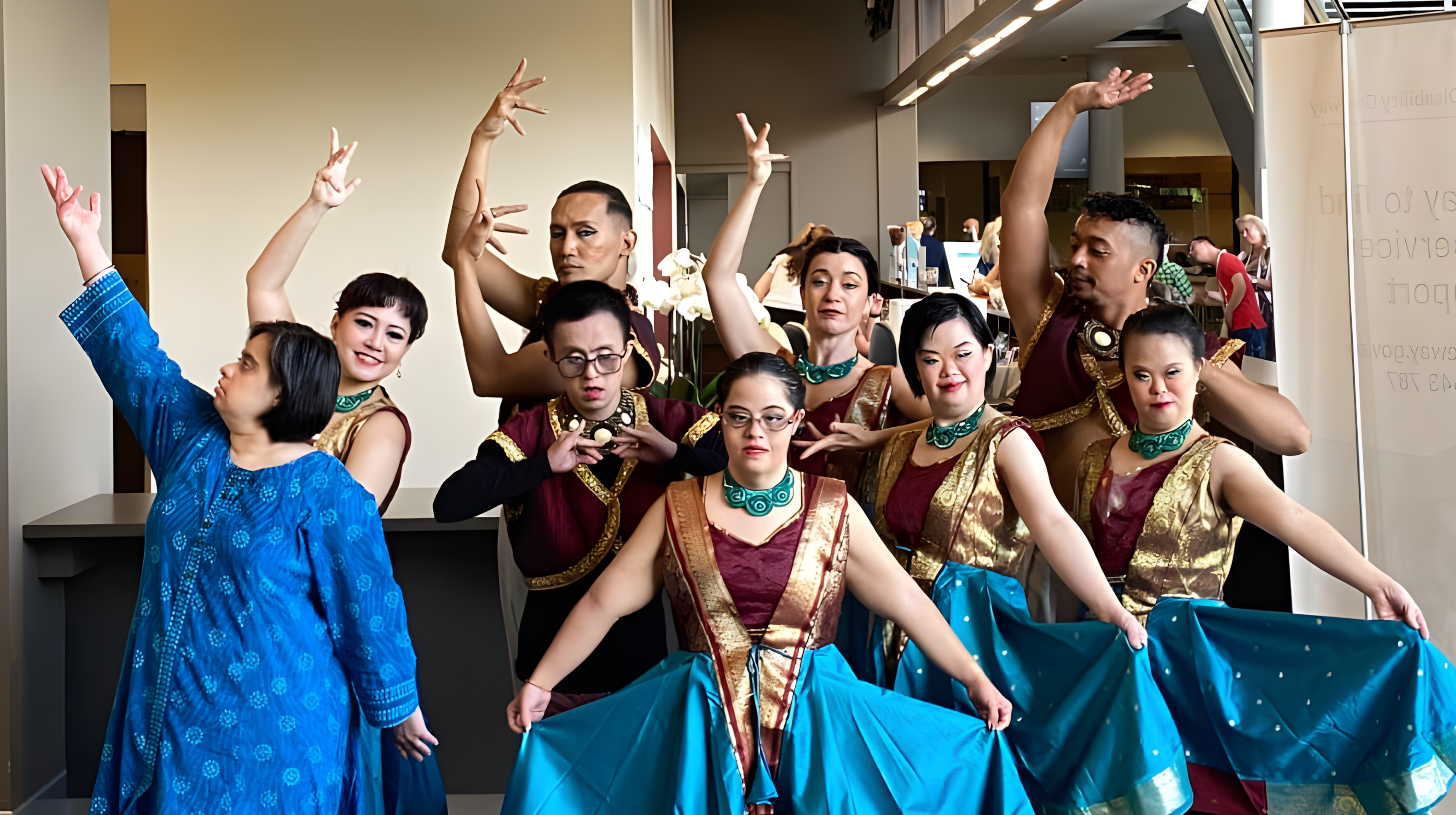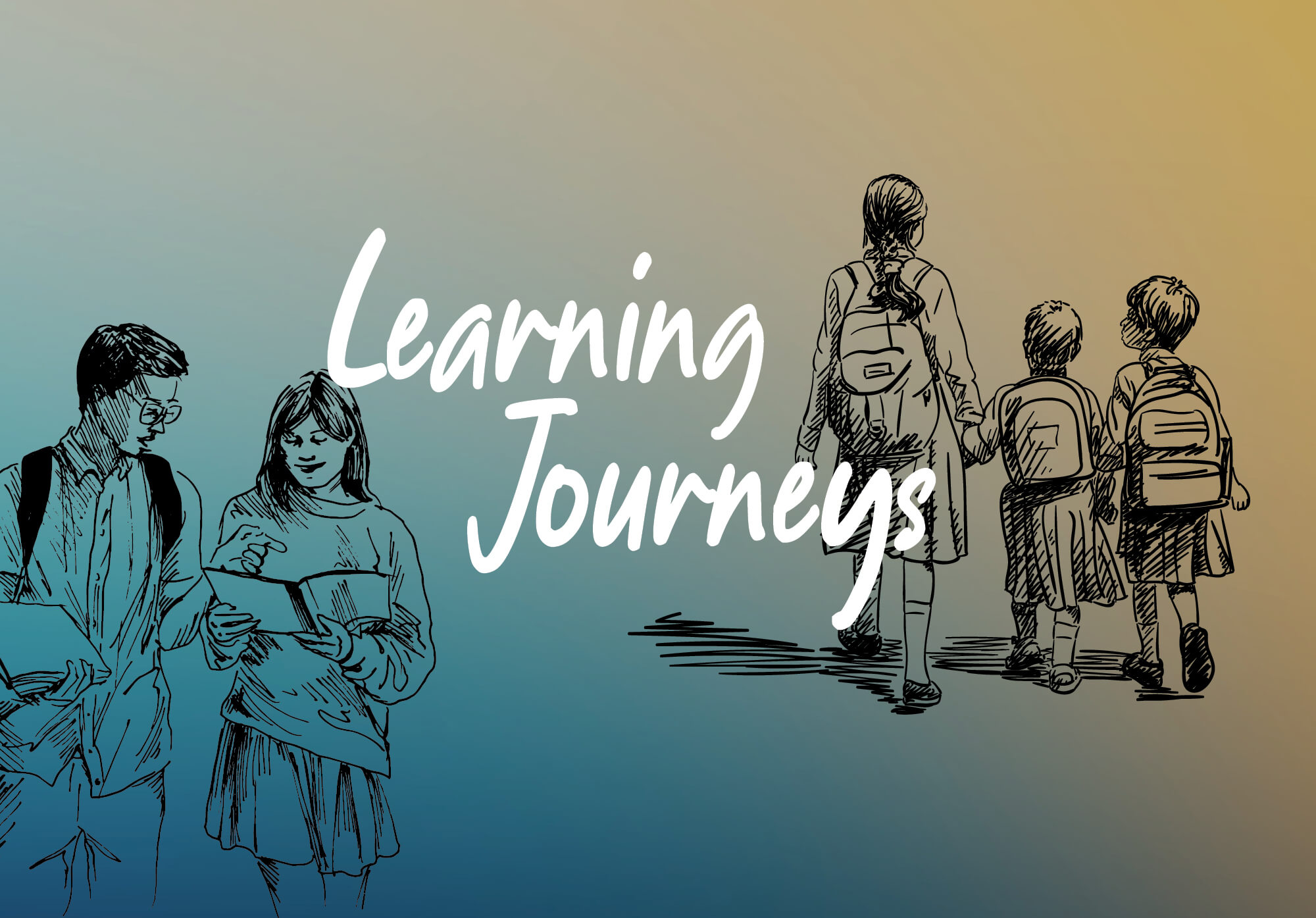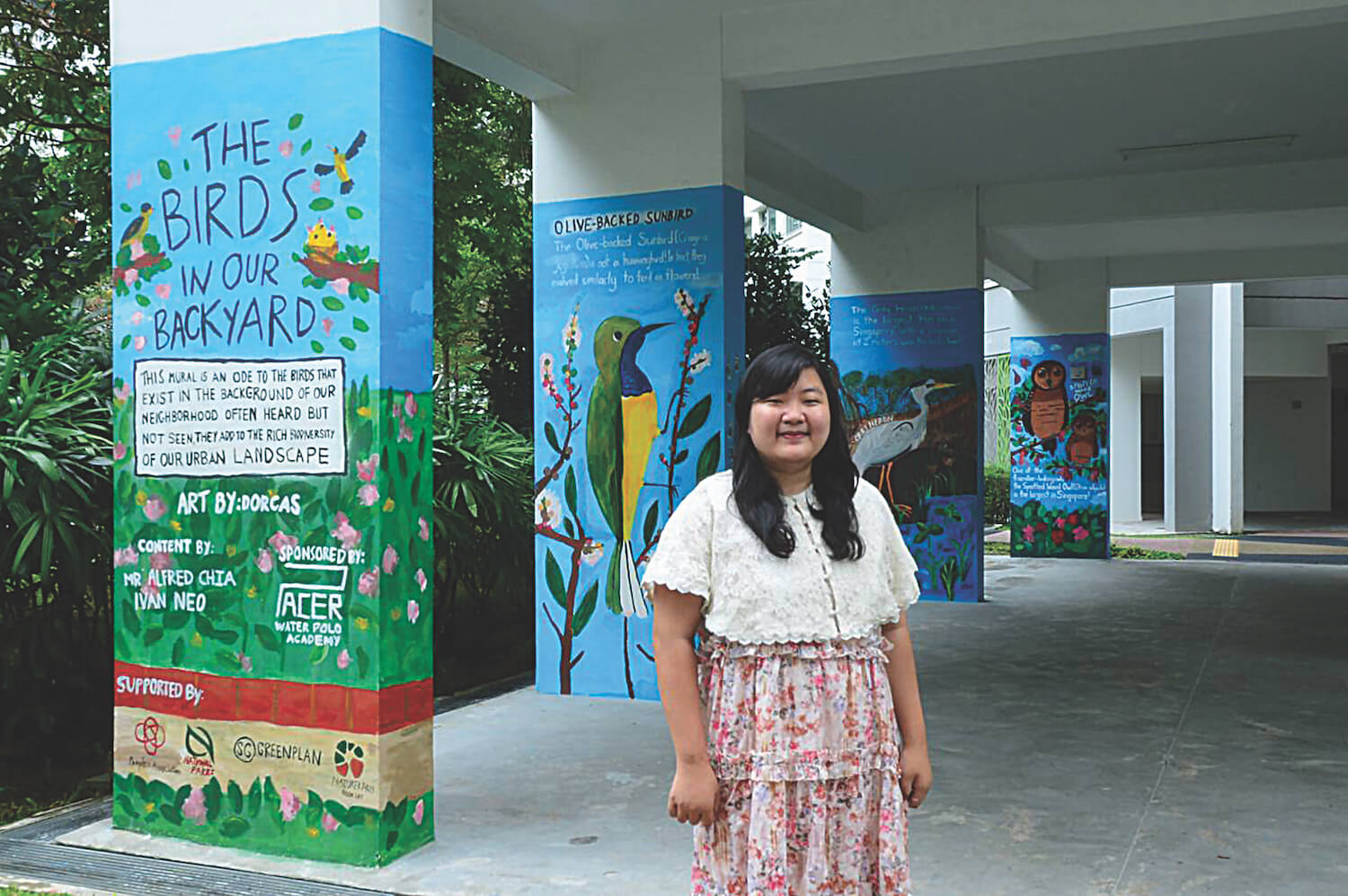



On Instagram @earthtodorcas, Dorcas Tang Wen Yu creates stories and advocates for a better world through her illustrations and poems. Her activism brought her to Egypt to attend the United Nations Conference of Youth (COY) 17, which was held on the sidelines of the UN Climate Change Conference/Conference of the Parties (COP) in 2022. Dorcas was one of the youth representatives who gathered from around the world to discuss urgent action to fight climate change.
Dorcas’ illustration is featured on the cover of this issue. She talks to The ASEAN about her passion for the environment—using her art to inspire action, and working for a better future even when it feels there is little hope for change.
“I use the power of storytelling to create hope-driven narratives that advocate for more empathy for both our human and more than human neighbours. By day, I’m actually an architectural designer, and this is something that I do on the side.
“My personal mantra is that ‘I don’t know if this will change anything, but I know it’s the right thing to do.’ I think when it comes to the climate crisis, I think it’s an issue that everyone who has the capacity to contribute should contribute, because it is such an existential issue. Nothing else can happen on an unlivable planet. So, for me, it’s about acting in my capacity even though I don’t know if it will make any impact.
“My biggest concern is that our planet will become irreversibly unlivable. I’m already close to being in my mid- 20s, and with doomsday climate projections eating into 2030, 2050, 2070—I fear that most of my life will be spent being scared of what will happen in the future. I have friends who have children who are much younger than me as well, and I fear for the home that they will eventually have to inherit.
“When I first started to want to take more action for the climate, I didn’t know where to start because I had little to no background information about the environment, policies, or sustainability. But since I was young, I have always loved art as a way to express myself. I had started a small art business at that time and decided to just insert a few pieces to spark conversation about the subject. Slowly, they started to gain attention, so I decided to transition into climate artivism because I realised that this was a good way to get the ball rolling.
“There are also many ways to engage the community through art, not just in communications. I like to think of it in terms of the head, heart and the soul. Art can be used to break down difficult information into narratives that are more digestible for the wider community to consume. This is especially important because climate knowledge can be very dense and full of jargon. The second is to engage the heart. What are the emotional barriers that drive or impede us to take climate action? How do we feel about it? What kind of personal stories can we bring in to make it more relatable? How can we drive conversation around it by engaging the community in a way that is fun and participatory? And the last is to engage the soul. There is a malay saying that goes, ‘Tak kenal maka tak cinta,’ translated into ‘you can’t love what you don’t know.’ I’ve realised that one of the key reasons why, especially in Singapore, people don’t feel especially invested in climate action, is because our systems and urban environment are far removed from nature. Thus, art is an effective way to help people notice the beauty and joy of nature, and build a stronger connection with it. Using this three-pronged method, art can be a holistic way to drive climate action.
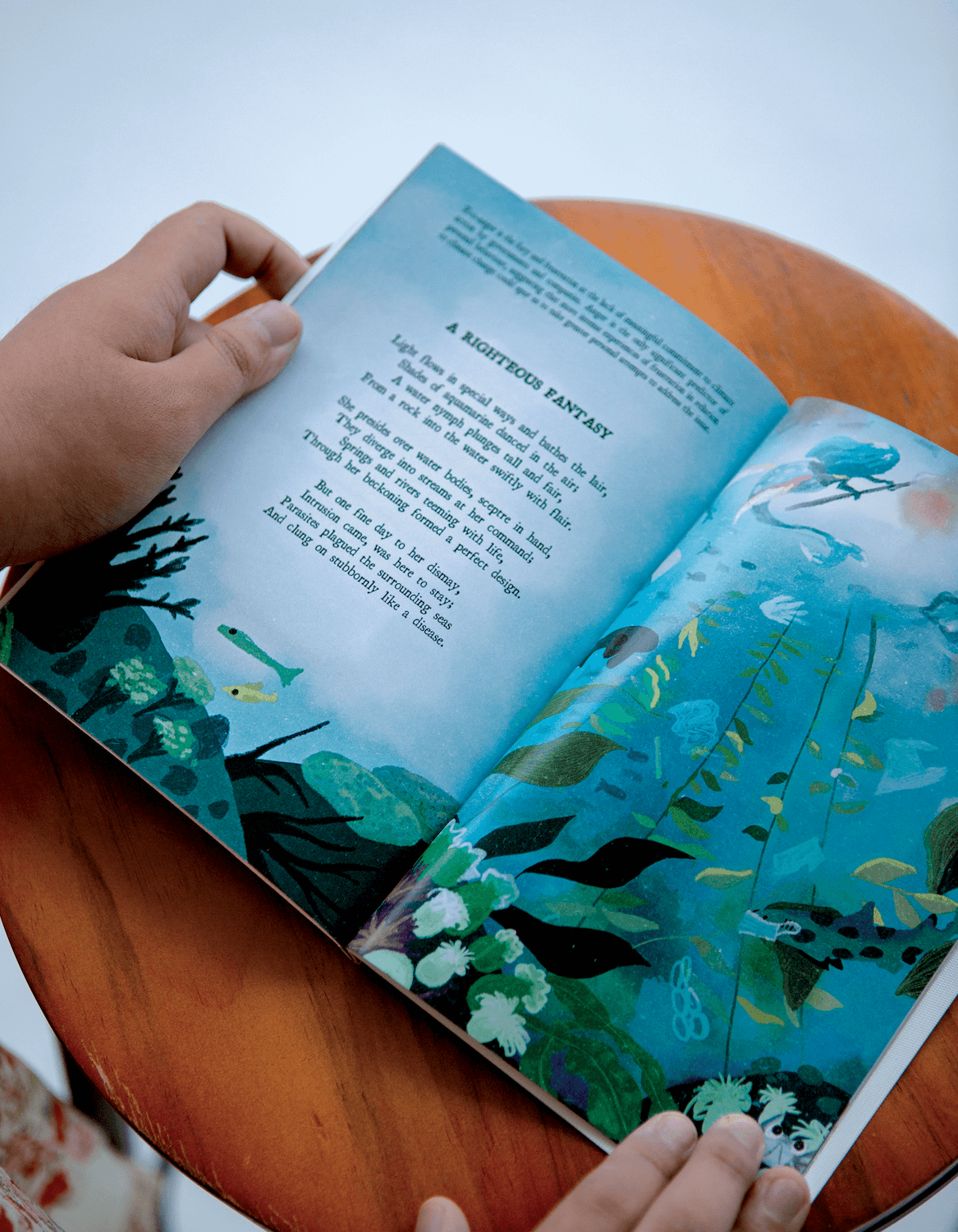
“I would say the biggest takeaway from Egypt would definitely have to be the stories that I heard from other. I always gain a new perspective when hearing about these stories directly from other youth. It also helps me understand the nuanced impacts of the climate crisis on different communities more, especially those that are disproportionately affected.
“We got to hear about the global youth statement that was compiled by YOUNGO prior to the COY17 conference, and sent to COP27 afterwards to inform international climate policies. It gave me context of how youth statements are being crafted, and how we might apply them to the local context here in Singapore when we form youth statements.
“Having no qualifications to back up my environmental knowledge has been a challenge, as my skill sets are primarily in art and design. Not only is it hard for people to take me seriously, but it is also harder to get paid fairly in my capacity as both a professional artist and an environmentalist, because both professions are seen as something that people ‘do on the side’ as opposed to a real job. So, it can be tiring to have to advocate for myself while advocating for the cause as well.
“I think what the youth bring to the table is really a pristine sense of idealism and hopeful visions of what the world could be. Not having experience or being practical enough is often seen as a bad thing, but I think that when it is paired together with the knowledge that government and businesses have, it can help to drive healthy change for the world. This can look like having more participatory sessions where governments can take more initiative to listen to youth voices, and more transparency in why each decision has been made afterwards.
“My hope is that human and nature rights eventually become obvious to us, and our policies will reflect this shift in values. I think we can have more events where people in ASEAN can exchange stories with each other, so that we can have a stronger sense of community and camaraderie with each other.”
Interviewed by Pricilia Putri Nirmala Sari. The conversation has been condensed and edited for clarity. The views and opinions expressed in the text belong solely to the interviewee and do not reflect the official policy or position of ASEAN.




